
Sometimes games intentionally include elements that seem like mistakes, and that’s completely by design. Developers might use visual glitches or clever tricks to enhance the story, make the game world feel more real, or simply surprise players in ways typical effects can’t. These moments can even look like the game is breaking down, like a file is corrupted or a system is failing. Here are some great examples of times when what appeared to be a bug was actually a deliberate feature.
‘Eternal Darkness: Sanity’s Requiem’
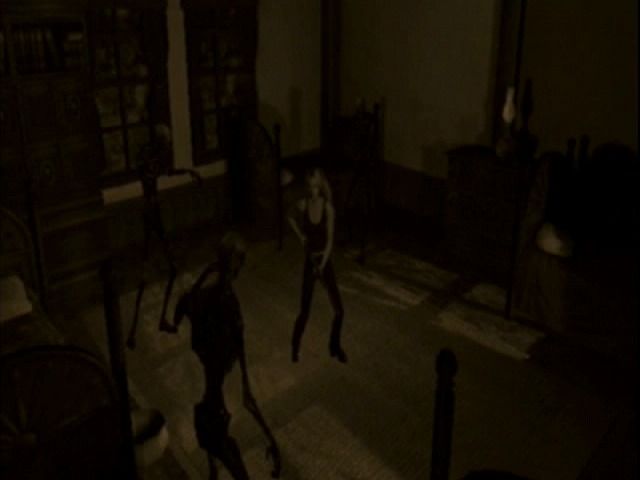
This beloved horror game for the GameCube cleverly messes with your mind by simulating technical glitches. It might look like the sound cut out, or an error message could flash on the screen, even though the game is still running normally. Your saved progress might even seem to disappear, only to reappear later. The game does all this to create a feeling of unease and instability without actually hindering your gameplay.
‘Batman: Arkham Asylum’

During the middle of the game, players encounter Scarecrow, which triggers a sequence designed to look like the console is crashing and restarting. This includes a strange opening cutscene, briefly switched character roles, and a glitching camera. While it appears to be a technical issue, it’s actually a planned event that emphasizes how Scarecrow’s fear toxin is affecting the entire game, not just Batman.
‘Undertale’

The game’s main characters can essentially rewind and replay moments, treating saving and loading like superpowers that change what happens. During a crucial battle, the game fakes a crash and restarts with unexpected changes. Even the final boss messes with the game’s data, and that data persists even after a reset. All of these mechanics aren’t just technical tricks – they’re woven directly into the story.
‘Doki Doki Literature Club’

As the story progresses, the game’s appearance glitches – text boxes become warped and menus break down. Characters seem aware of these issues, even mentioning lost files, creating a sense that the game world itself is falling apart. These glitches aren’t bugs; the launcher and in-game poems are intentionally designed to malfunction. The game deliberately uses these interface errors to build suspense and horror.
‘Pony Island’
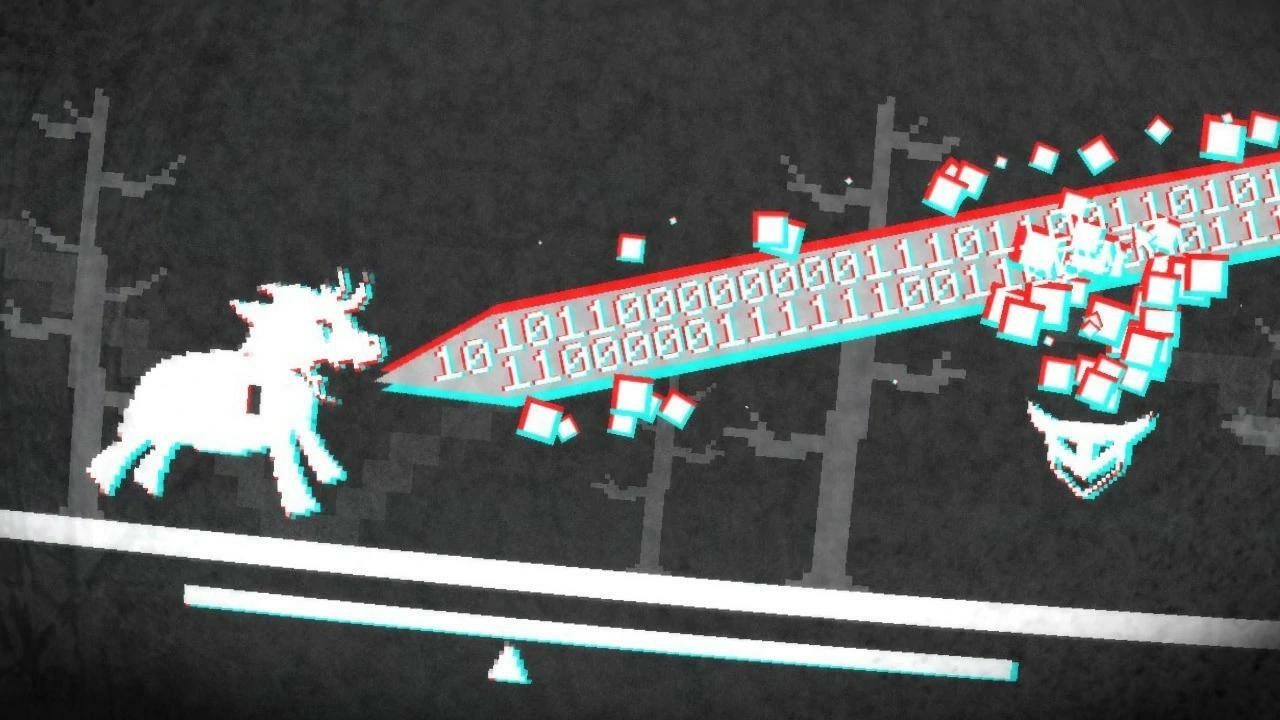
This puzzle game cleverly presents itself as a malfunctioning arcade machine. The menus flicker and strange codes pop up, making it seem like the game is resisting being played. You solve puzzles by changing the game’s code within fake system files. Everything about the game is designed to feel like a haunted, unstable program.
‘Inscryption’
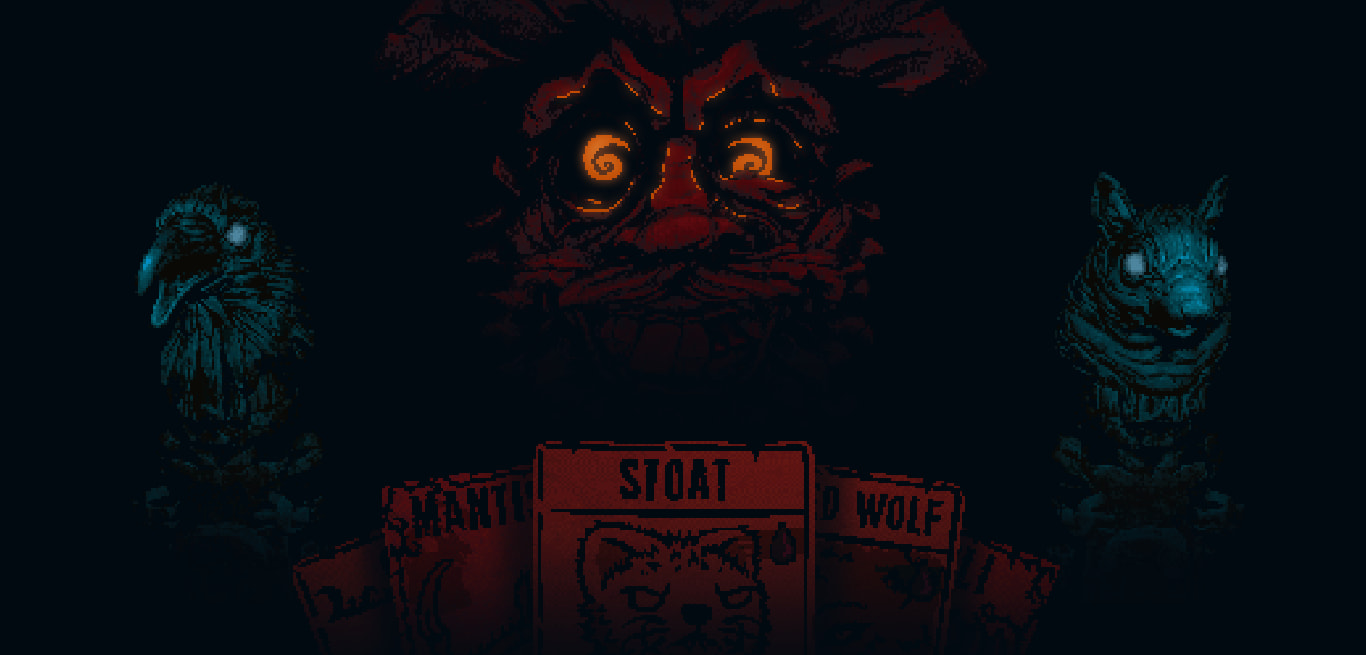
The game uses visual distortions – like static and the look of old recordings – to hint at deeper secrets. It cleverly switches between different visual styles, even mimicking the experience of watching actual video footage. Boss battles introduce new rules as if the game’s data is being damaged. These glitches aren’t just errors; they’re a key part of the story and connect the different sections of the game.
‘Fez’

Later stages of the game feature puzzles that use visual glitches and QR codes. A strange object creates distorted images concealing hidden codes. Some areas deliberately flicker or warp, suggesting the existence of hidden layers or spaces. These effects subtly lead players to discover secrets, rather than telling them directly.
‘Axiom Verge’
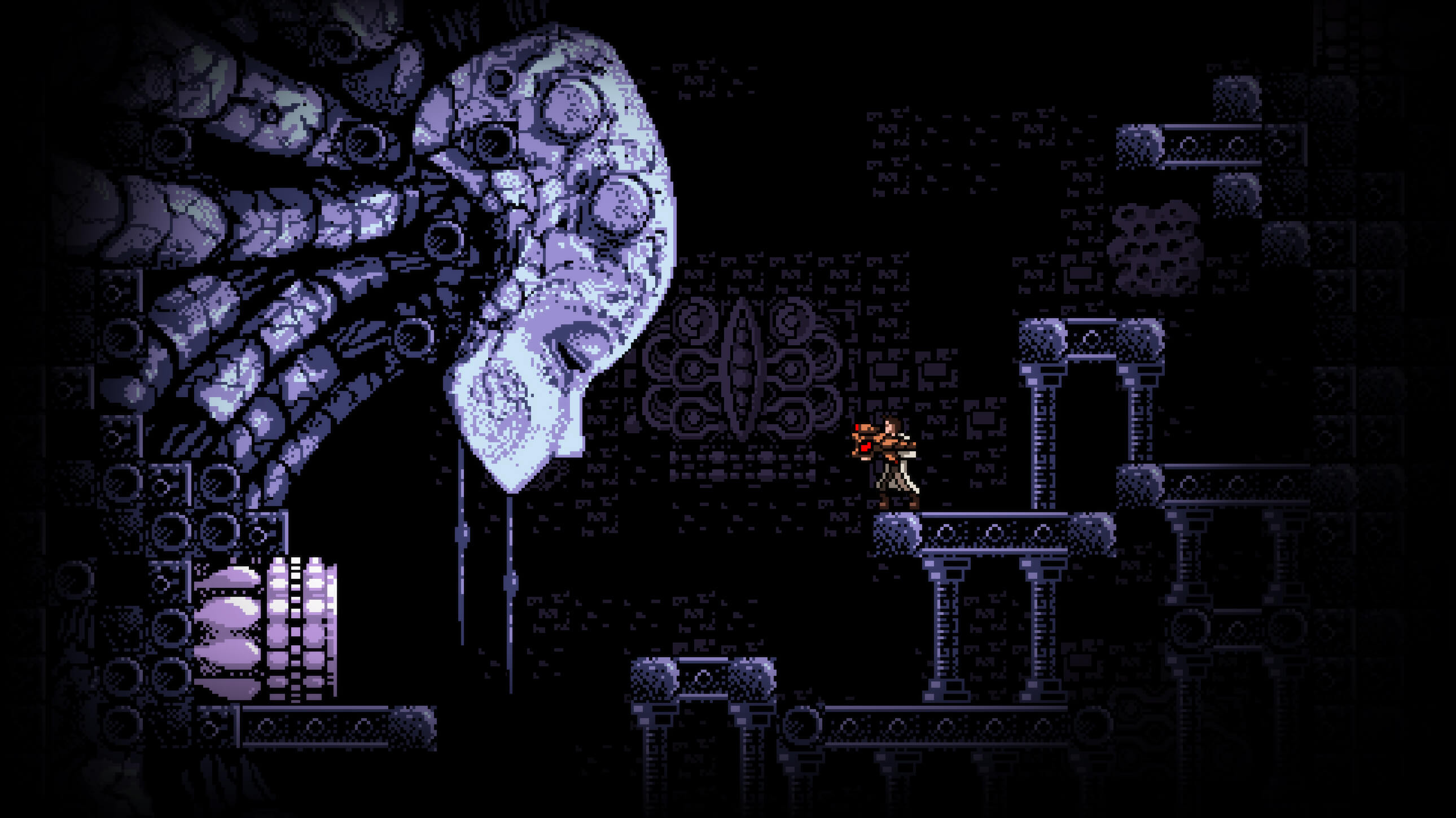
This tool purposefully distorts the game world, rearranging enemies and tiles. It causes visual glitches and strange physics in certain spots, creating new routes and ways to interact with the environment. These distortions aren’t bugs – they’re a deliberate game feature designed to guide players and offer unique challenges.
‘Control’

In The Oldest House, the environment intentionally glitches and distorts – think flickering visuals and the static of an old VHS tape – during specific events. You’ll notice things like sound cutting out, subtitles being off-sync, and objects shaking, all meant to create a sense that reality is breaking down. These aren’t random bugs; they’re carefully designed effects that happen when you encounter Altered Items or the Hiss. The overall effect is to make you feel like you’re exploring a government facility where the laws of physics don’t always apply.
‘Oxenfree’
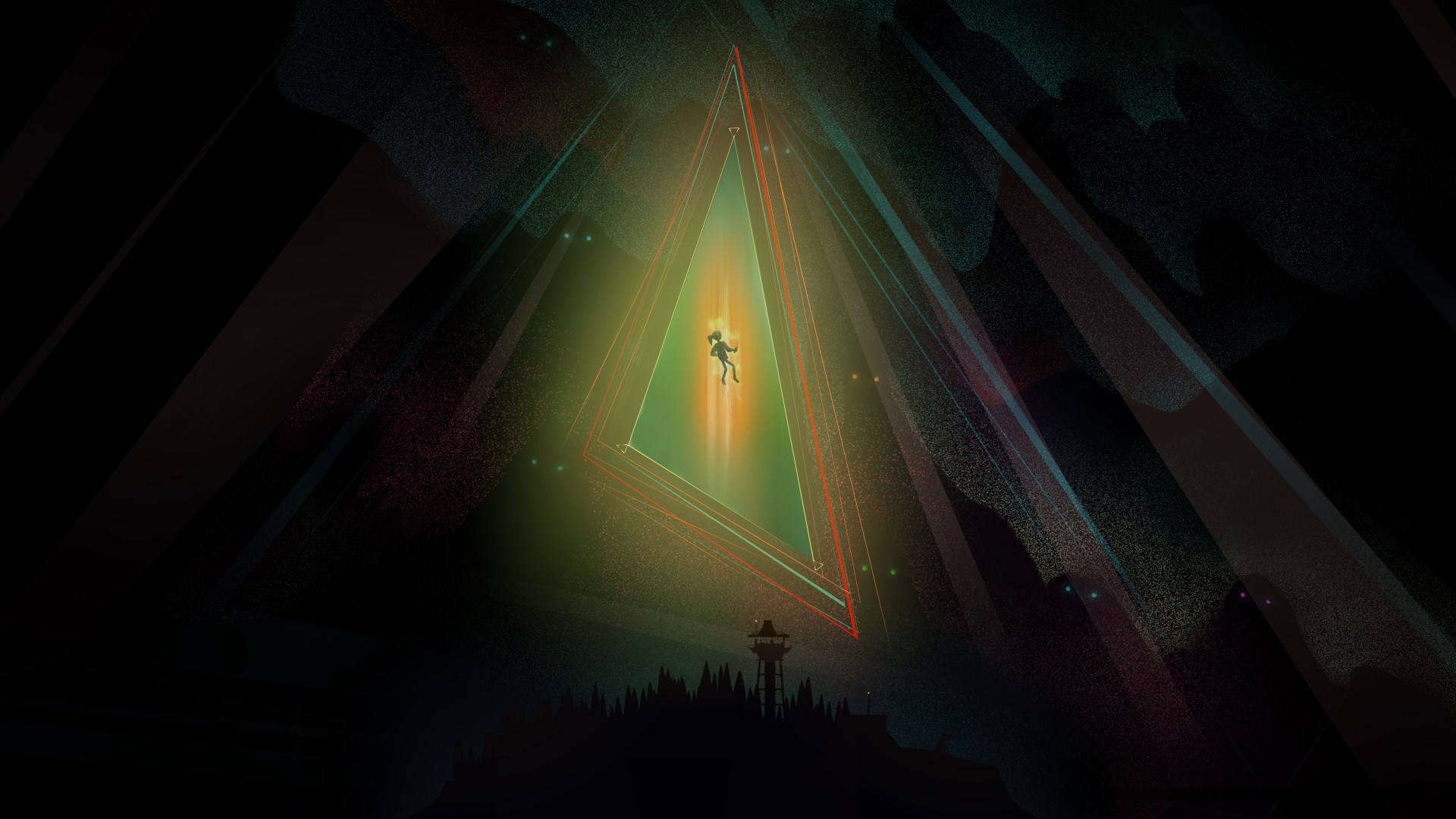
Adjusting the radio causes time to loop, marked by visual glitches and distorted sound. Conversations echo with subtle changes, like a damaged tape recording. Hidden clues are embedded within the static, and players must listen carefully to the noise itself to solve the mystery. The game encourages you to interpret the static as a key part of the puzzle.
‘Katana ZERO’

When the main character’s memories are changed through treatment, the game shows this through visual glitches. Conversations and scenes break up, the screen distorts, and sometimes choices replay. These effects happen during important story moments to let players know the game’s timeline is being altered.
‘Superhot’
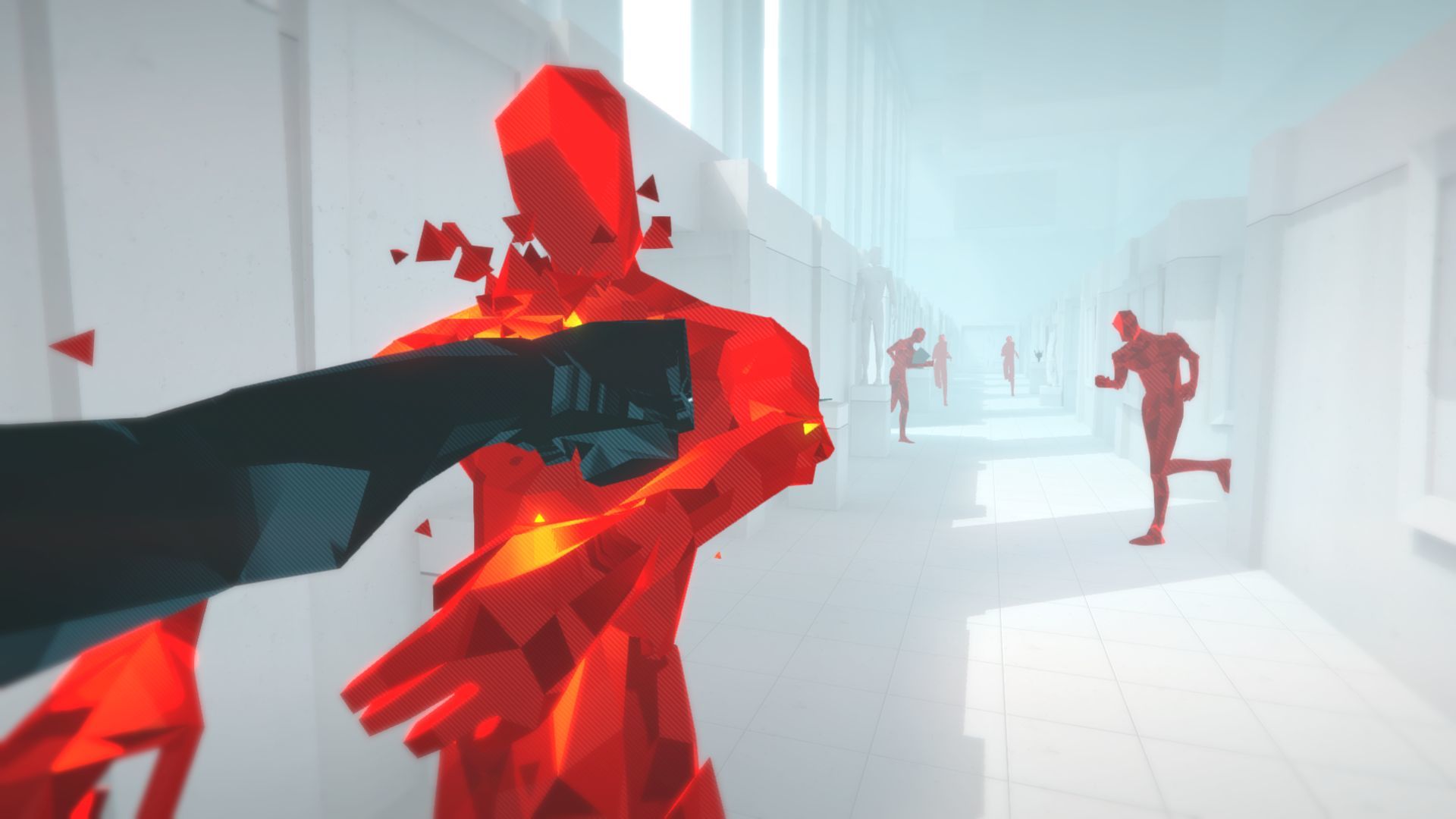
The game’s menus and transitions feel unfinished and glitchy, constantly restarting like a broken demo. Dying causes noticeable, jarring stutters during replays. These imperfections aren’t bugs, but intentional design choices that reinforce the idea you’re part of an experiment.
‘The Stanley Parable’
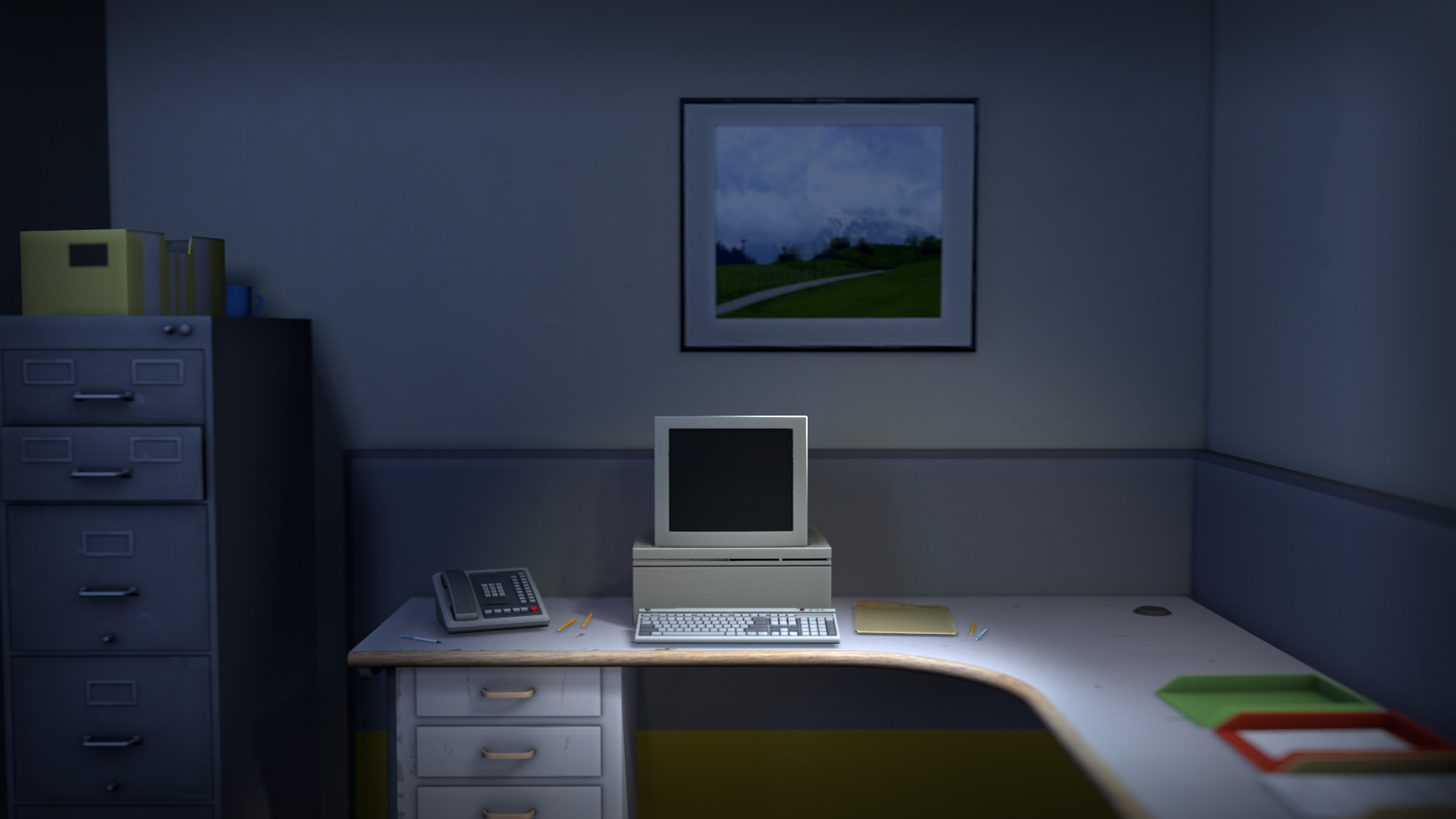
The game doesn’t truly restart when you fail; instead, it awkwardly jumps back to earlier points with noticeable glitches. You’ll see doors suddenly appear and the game’s events reset as if something went wrong. The narrator even points out these strange occurrences as the world rebuilds itself around you. All of this is intentional, designed to show you how the game’s levels and paths are put together.
‘OneShot’

The game cleverly uses your computer itself as part of the experience. It might ask you to look at files on your desktop, change your screen resolution, or alter the window title to move the story forward. Some puzzles don’t involve objects within the game, but instead mimic how your computer normally works.
‘The Beginner’s Guide’
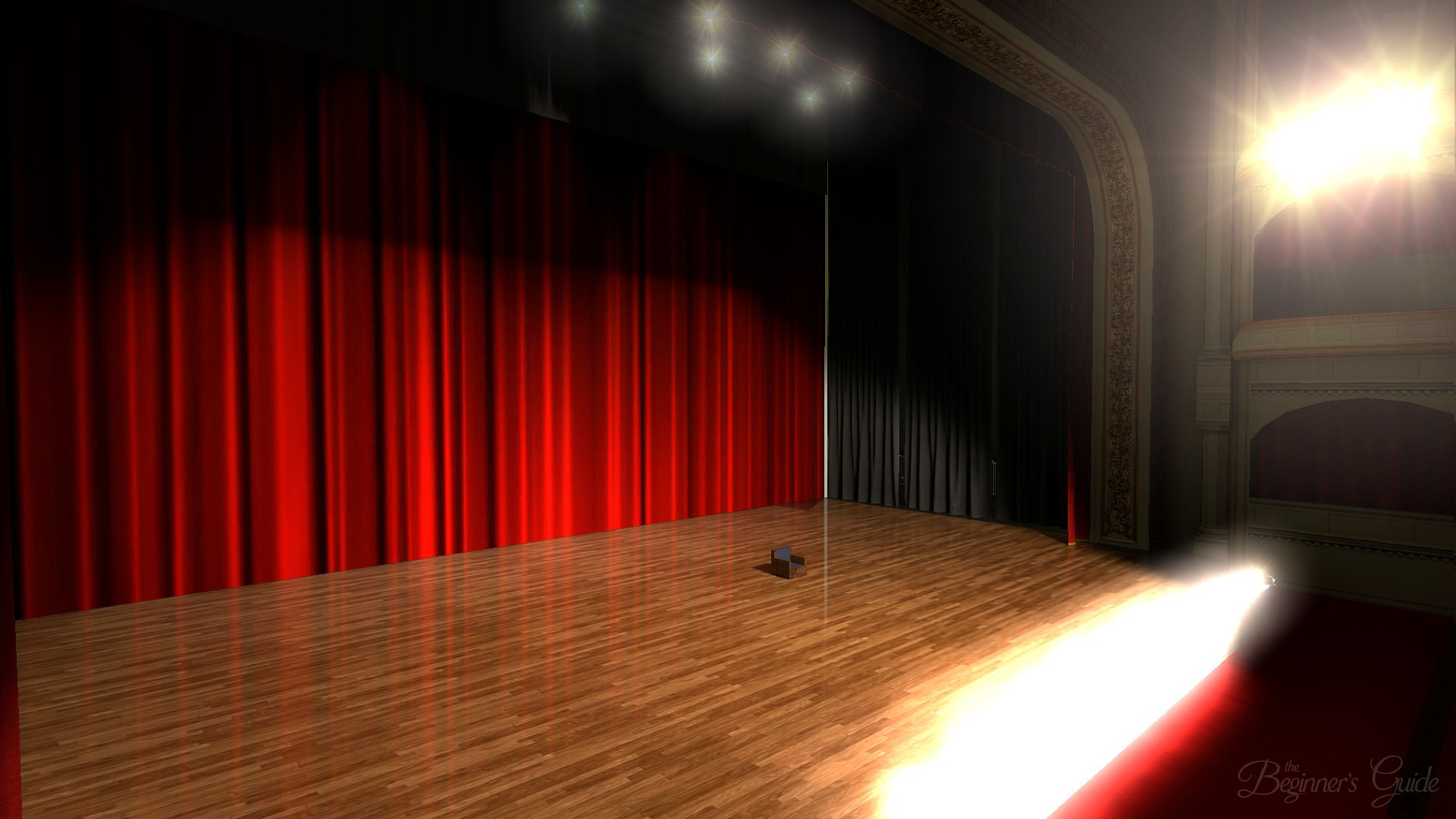
The game intentionally features flaws like broken objects, missing visuals, and incomplete interactive elements as part of the experience. A narrator points out these imperfections during a guided tour, and even the game’s scripts malfunction on purpose to highlight questions about who created it. These aren’t bugs—they’re carefully chosen features.
‘NieR: Automata’

Towards the end of the game, you might encounter glitches like scrambled text, missing parts of the interface, and menus that disappear at critical times. It also seems like your saved progress could be affected when you’re making important decisions. Strangely, the ending credits have elements resembling a broken arcade shooter. These intentional issues actually fit with the game’s story about making sacrifices and never giving up.
‘Metal Gear Solid’

The fight with Psycho Mantis is famous for reading your memory card and making it seem like your controller isn’t working right. The screen briefly pretends to switch to a different channel, then returns to the battle. He even asks you to try swapping the controller into a different port, as if there’s a technical problem. All of this is actually a deliberate puzzle designed to playfully acknowledge that you’re playing a game.
‘Metal Gear Solid 2: Sons of Liberty’
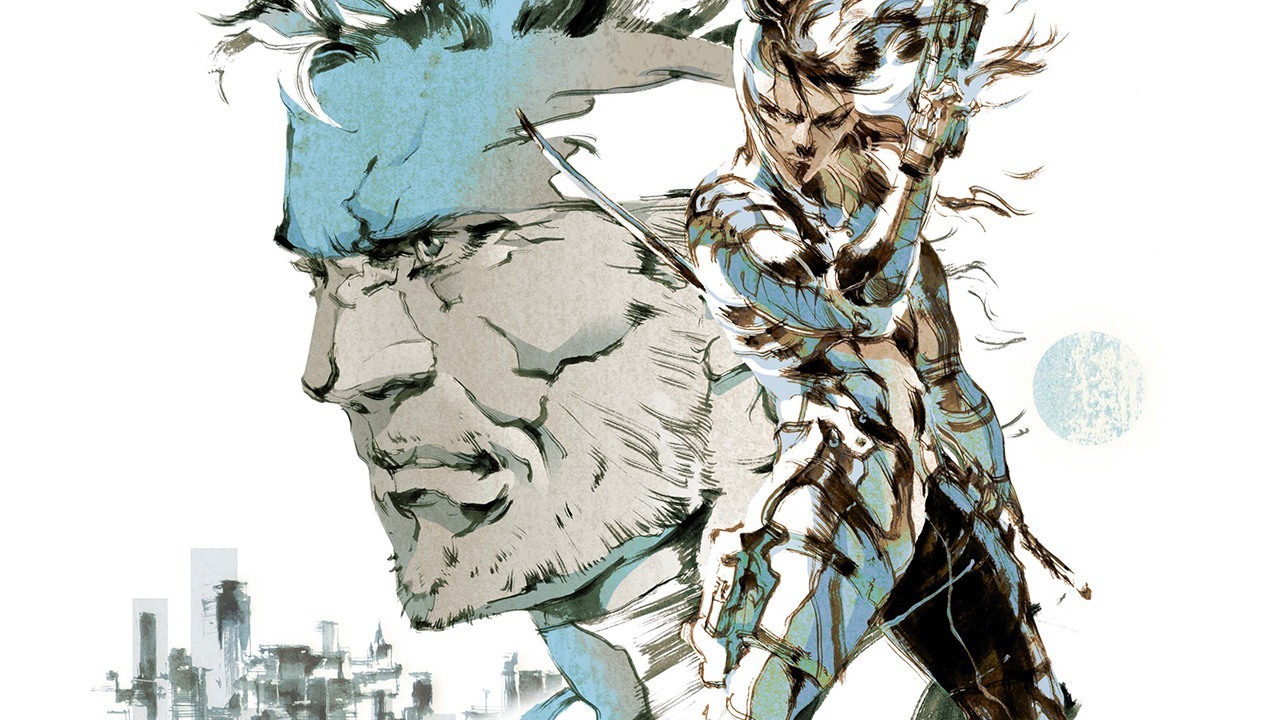
Towards the end of the game, a flood of fake error messages appears, making it seem like the mission details and your health are broken. The on-screen display shows gibberish and strange warnings that shouldn’t be there. The levels themselves seem to glitch and repeat, creating impossible loops. However, all of this is intentionally designed to make you wonder what’s truly happening within the simulated world.
‘Hypnospace Outlaw’

This game’s operating system purposefully displays errors and warnings as users add content, creating a chaotic online experience. Glitches like broken themes and fake viruses act consistently, allowing players to learn how to troubleshoot them using in-game tools – just like a website moderator. This controlled mess is designed to feel like the internet of the late 1990s.
‘Stories Untold’

The game uses visual and audio glitches – like distorted screens and tracking errors – during puzzles and to create a sense of unease. Terminals display scrambled text that conceals important clues. As the story progresses, intentional breaks in sound and video mark transitions between scenes. These glitches cleverly move players between different realities, replacing typical cutscenes.
‘Tunic’

The in-game manual looks damaged – pages are missing, sections are crossed out, and it seems poorly printed. The game’s interface glitches when you don’t understand something. Discovering hidden commands reveals parts of the manual that appear to be mistakes, but these aren’t errors. Instead, these details suggest that the missing information and damaged manual are actually important parts of how the game works.
‘Hyper Light Drifter’
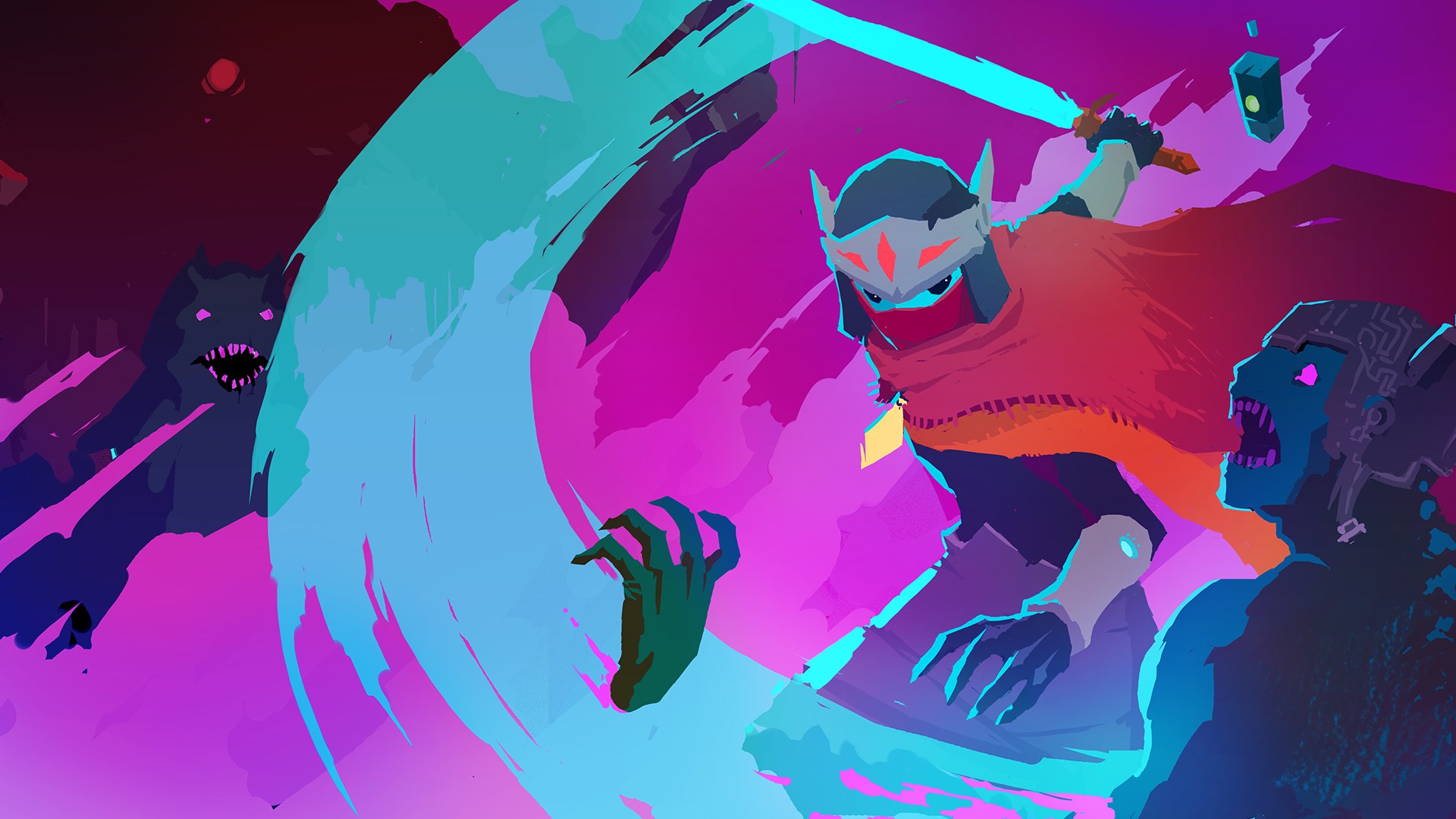
The game world visually reflects the hero’s health, with characters and objects breaking apart into particles and displaying static. Environments subtly flicker, like a faulty video signal, and some areas pulse with interference, suggesting the presence of advanced technology. This unstable visual style is used to tell the story and reveal details about the game’s world.
‘Five Nights at Freddy’s’

The camera system is intentionally flawed, displaying static, losing signal, and showing distorted images – all of which impact gameplay. The animatronics’ movements are linked to sound errors that give away their locations. Power fluctuations and screen flickering create moments of predictable danger. This unreliability isn’t a bug; it’s a deliberate part of the design.
‘Quantum Break’

The game visually represents time distortions through intentional glitches. Characters might briefly freeze while the environment around them appears to shake and distort. Cinematic sequences combine real footage with effects that look like corrupted video. During battles, objects suddenly appear and disappear to emphasize breaks in the timeline. Overall, the game uses these controlled visual errors to depict the aftermath of a scientific catastrophe.
We’d love to hear about glitch effects you’ve seen that were used intentionally to create a cool design! Share your favorite examples in the comments, and let us know which one surprised you the most.
Read More
- Broadcom’s Quiet Challenge to Nvidia’s AI Empire
- Heights Capital Bets $16M on ImmunityBio: A Calculated Gamble?
- How to Do Sculptor Without a Future in KCD2 – Get 3 Sculptor’s Things
- Odyssey of Avalanche: DeFi’s New Darling, Zero Lockups! 🚀🎩
- Gold Rate Forecast
- METH PREDICTION. METH cryptocurrency
- UWM Shares Stir the Pot After CEO’s $6.9M Move
- Trump Ends Shutdown-And the Drama! 🎭💸 (Spoiler: No One Wins)
- How to rank up with Tuvalkane – Soulframe
- How Bank of America is Poised to Thrive in the Coming Years
2025-11-21 07:46